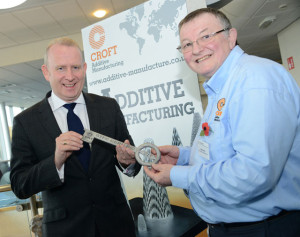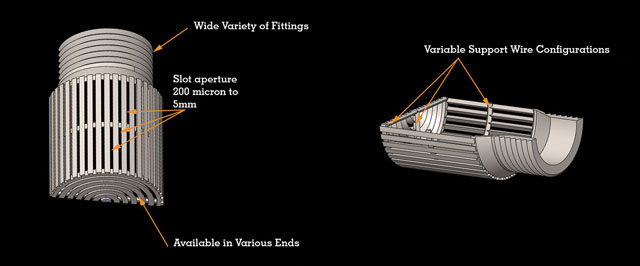You know when someone throws a party and they don’t bother to invite you? That’s how I feel about CERN. Over in Switzerland, all of these scientists are having a big get-together to understand the mysteries of the Universe and here I am, in a little apartment in San Pedro, California looking at the selfies they post in front of the Higgs Boson. The UK’s Croft Additive Manufacturing (CAM), a specialized manufacturing firm, has been invited to join the party and is actually the first company to be a part of the STFC CERN Business Incubation Centre (STFC CERN BIC).

The Centre, developed out of a partnership between the UK government’s Science and Technology Facilities Council (STFC) and CERN, hopes to bring together business and science in the UK. As the first business to join the STFC CERN BIC, CAM will enjoy all of the key technologies that the other acronyms have to offer. CAM will also be exposed to business opportunities from more than 100 businesses in the Enterprise Zone of Sci-Tech Daresbury.
CAM is known for combining Realizer SLM-250 metal 3D printing with the products of its sister company, Croft Filters, to additively manufacture bespoke metal filters, as well as other industrial components. The director of CAM, Neil Burns, had this to say about the company’s new membership: “Following the successful application of AM technology to create unique and previously unattainable filtration solutions, we plan to use our production capabilities to offer multiple sectors increased efficiency and flexibility. Being selected as the first incubatee at the STFC CERN BIC gives us important technical, financial, and business support, all of which will fit together to play a key role in our success.”

The STFC’s chief executive, Prof. John Womersley, explained the benefits that CAM would bring to the Enterprise Zone: “Sci-Tech Daresbury is a vibrant hotbed of world leading expertise and facilities, teamed with the best business and networking opportunities – the potential for partnership and collaboration here is second to none. It is therefore the ideal home for the STFC CERN BIC and for CAM to turn the significant commercial potential of its product into market reality.”
The initiative reflects a marriage of government and industry that seeks to incorporate new technologies, such as 3D printing, into the national economy that is occurring worldwide, also seen in the US’s own America Makes program, the South African Additive Manufacturing Roadmap Development Project, and the EU’s SASAM AM standards project. What these other government projects lack, so far, however, is the Large Hadron Collider, so, if there’s any 3D printing business to be made with subatomic particles, Croft Additive Manufacturing’s got it first.

Leave A Comment